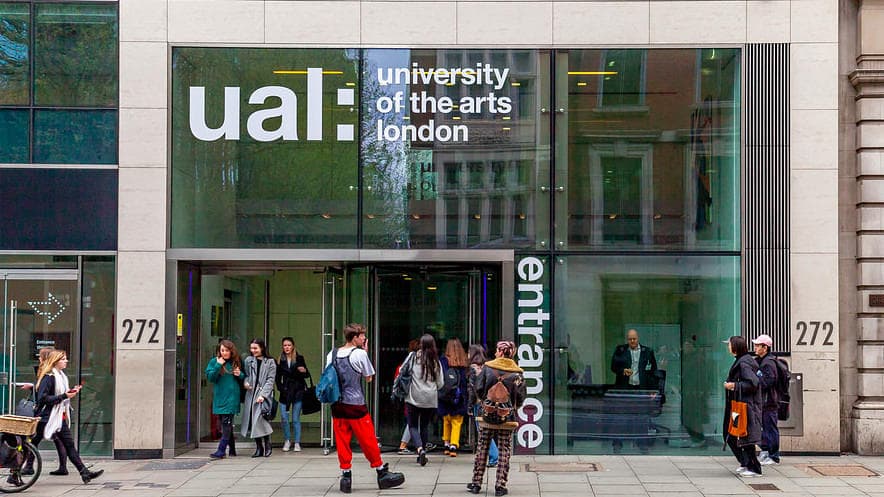You will respond to briefs that are set to test the learning in the units described below. Each course is divided into units, which are credit-rated. The minimum unit size is 20 credits. The MA course structure involves five units, totalling 180 credits.
Autumn, Term 1
The course starts by teaching the past, present and future of VFX to give a thorough grounding in the sector, before moving on to equip you with the main skills, knowledge and processes required to create convincing VFX.
This unit introduces you to the advanced technologies that make VFX possible and the processes behind digital image creation.
You’ll explore technologies and processes by producing short-form animation across the VFX spectrum, to set briefs.
Studio lighting and camera workshops will provide a tangible foundation for the principles of virtual digital 3D VFX.
- Design for Animation, Narrative Structures and Film Language (20 credits)
This unit is shared with MA Animation and MA 3D Computer Animation and provides an opportunity for interaction and peer-to-peer learning in the classroom.
Spring and Summer, Terms 2 and 3
- Advanced and Experimental VFX animation techniques (40 credits)
This unit advances skills in rendering and composition tools, procedural effects such as fire and tornadoes, and how to build digital creatures and characters.
CGI elements will be generated using one or more techniques covered in the unit (e.g. particle effects, procedural elements, fluids, etc.), before being integrated into the shot.
You’ll develop a breadth of knowledge across different tools and media, whilst identifying a particular specialism that you wish to pursue in Term Three.
- Collaborative Unit (20 credits)
You will work with others in a team to complete all the requirements of the brief. The aim is to integrate complex CGI elements into the supplied footage seamlessly so it is difficult to distinguish these elements from the live action.
The key is to demonstrate skills that will be recognised as those used in professional VFX production. This project will demonstrate your ability to select the correct the techniques from the range that you’ve studied.
You’ll show how you can manage your time and resources to deliver a professional project to a given deadline.
Autumn, Term 4
- Final Major Project VFX and Thesis (60 credits)
You’ll take the knowledge, skills and experience from the first two phases of the course and bring this together in the production of a collaborative interdisciplinary or self-directed longer form project and associated thesis.
You’ll produce an ambitious VFX project that will demonstrate your in-depth critical awareness of the subject area, as well as your practical skills in production management.
Your thesis is a 5000-word reflective report that will show that the design and production process that has been carried out in this project is one that exhibits the required characteristics for a master's degree.
It should discuss the decisions that have been made and placed in the context of current industry practice and research in the area, and it should reflect on the process and the final video to identify its strengths and weaknesses.
It is an opportunity for you to demonstrate the depth of critical understanding of your field and to show that you can objectively analyse your own work.
